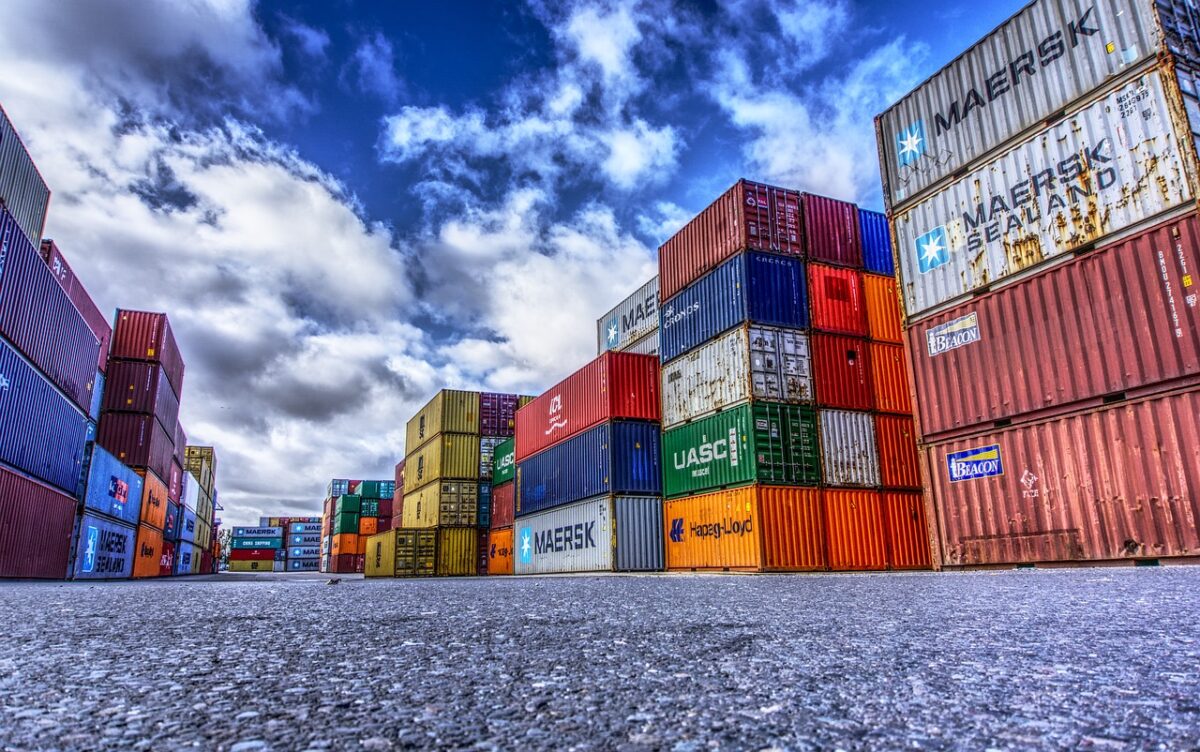From pv magazine USA
Under the enforcement of the Uyghur Forced Labor Prevention Act (UFLPA), US Customs and Border Protection has reportedly excluded Longi solar modules made with Tongwei polysilicon from entering the US market, according to a recent industry note from Roth Capital Partners.
Modules made with Astronergy (Chint) polysilicon have been detained and are under review under the UFLPA, according to additional checks by pv magazine USA. The UFLPA places the burden of proof on importers to show that the supply chain is free from forced labor practices. China has consistently denied allegations of forced labor of the Uyghur minority group.
Prior to the exclusion of these goods, any imports sourced frm Xinjiang region of China, responsible for a little less than 50% of global production, would be barred from entry. However, it was unclear whether other Chinese suppliers outside the region would face similar scrutiny and market bans.
The ban of Tongwei polysilicon-supplied Longi panels could mean a “de facto ban on Chinese polysilicon,” warned a pv magazine USA industry contact. Tongwei was the world’s largest polysilicon provider in 2022, producing over 345,000 (metric tons) MT, and has no presence in the Xinjiang region.
This is a dramatic negative development for the supply of solar panels in the United States, as China produces “a share of 89% in the global output of solar-grade polysilicon in 2022, and expansion continues unabated,” according to Bernreuter Research. Longi is expected to appeal the import exclusion, but the process for appeal may take several months, drying up module supply in the meantime.
Popular content
To comply with the UFLPA, companies must provide a comprehensive supply chain mapping, a complete list of all workers at a facility, and proof that workers were not subject to conditions typical of forced labor practices and are there voluntarily.
While the United States starts to onshore its solar supply chain, doubts persist that the industry can move fast enough to manufacture a steady supply of components to build toward its clean energy goals. Wood Mackenzie expects the US solar market to triple in size over the next five years, bringing total installed solar capacity to 378 GW by 2028.
Clean Energy Associates (CEA) says that while module assembly has a strong presence today in the United States, ingot, wafer, and cell production plans have not kept pace, and no plans for greenfield polysilicon plants have materialized.
CEA forecasts the United States to reach 17 GW of polysilicon production, 3 GW of ingots, 3 GW of wafers, 18 GW of cell manufacturing, and 40 GW of module manufacturing capacity by 2027, suggesting that the United States will continue to rely on energy imports for years to come. However, the recent UFLPA enforcement developments could pose a serious challenge to finding suppliers.
This content is protected by copyright and may not be reused. If you want to cooperate with us and would like to reuse some of our content, please contact: editors@pv-magazine.com.



1 comment
By submitting this form you agree to pv magazine using your data for the purposes of publishing your comment.
Your personal data will only be disclosed or otherwise transmitted to third parties for the purposes of spam filtering or if this is necessary for technical maintenance of the website. Any other transfer to third parties will not take place unless this is justified on the basis of applicable data protection regulations or if pv magazine is legally obliged to do so.
You may revoke this consent at any time with effect for the future, in which case your personal data will be deleted immediately. Otherwise, your data will be deleted if pv magazine has processed your request or the purpose of data storage is fulfilled.
Further information on data privacy can be found in our Data Protection Policy.